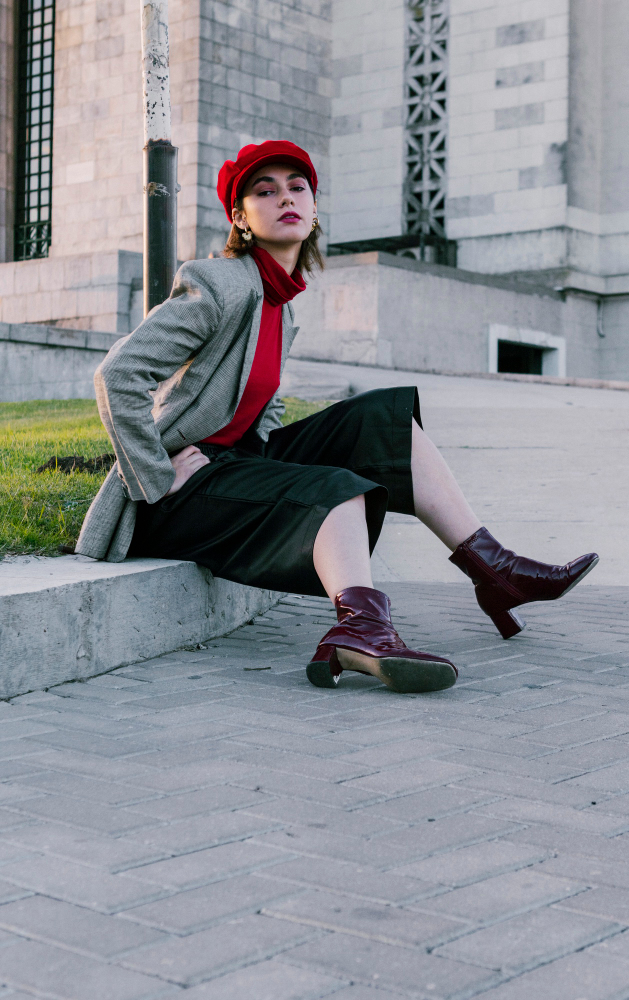Soviet Fashion: History, Modes & Modern Trends
How did the Soviet Union’s fashion style evolve? Discover Soviet Fashion: History, Modes & Modern Trends here.
INTRODUCTION
Between 1917 and 1991, the Soviet Union and its satellite states were the main markets for popular fashion. It was distinguished by its rigid regulations on fashion design, production, and marketing and its unwavering adherence to Marxist-Leninist principles.
While Soviet fashion didn’t become well known until after the Soviet Union fell, it greatly influenced Western trends. So when young people started rediscovering old European and American dress patterns in the late 1960s and early 1970s, the style had a tremendous impact on Europe and North America.
As time went on, the Soviet Union’s fashion scene kept developing quickly. In the fashion world, something fascinating was always happening as new trends were launched. Even though things were changing swiftly throughout the Soviet era, fashion played a significant role in people’s lives.
The communist system, which focused on uniformity, significantly impacted Soviet fashion. As a result, there was no place for individuality in hairstyles or clothing, and designers were forced to produce fashionable items that adhered to social norms.
Additionally, highly stylized and stiff Soviet fashion. Designers employed long skirts, wide collars, and geometric patterns to ensure everyone appeared the same. Following the fall of the USSR, other nations frequently adopted these trends, but they were never as well-liked. In the Soviet Union, fashion saw significant change during the 1920s. New and creative styles started to appear as old forms remained popular.

Among the most well-liked fashions in the 1920s are:
– The flapper look, a period-appropriate fashion that highlighted short skirts, bobbed hair, and jazz music.
– Art Deco: This well-liked design favored geometric patterns and was frequently applied to apparel and furniture.
– Russian Constructivism: Rather than focusing on aesthetics, this movement aimed to create art based on practical design principles. It impacted several 1920s fashion trends, including the use of vivid colors and functional materials like glass and metal.
Modes and Modern trends
Given that it was the first nation to adopt socialist realism as its official fashion, the Soviet Union represented a unique period in fashion history. This implied that utilitarianism and conformity had to be the foundation of all manner, including clothing.
As a result, Soviet fashion was exceedingly traditional and governed by stringent rules regarding what was appropriate to wear. As a result, military uniforms, dresses, and skirts in the 1940s became very fashionable. Modern fabric styles started to take over in the 1960s, but by the 1980s, the old style had returned.
Most Russians still favor classic styles of clothes like blazers and skirts, and the country’s fashion is still very conservative. However, there has recently been a rise in the popularity of runway presentations and avant-garde couture designs.

Conclusion
The practicality and practical designs that defined Soviet fashion. Regardless of socioeconomic class or political beliefs, the goal was to make all residents look the same and be proud of their looks.
Soviet fashion has impacted modern fashion in various areas, even if it may not be as well-known as other global styles. For instance, Soviet designers were early adopters of the vibrant colors and designs now regarded as fashion trends in clothes. They also invented tight-fitting v-neck and high-waisted slacks, which are still in style today.
Due to its distinct look and avant-garde approach to apparel design, Soviet fashion has recently attracted renewed appreciation.





